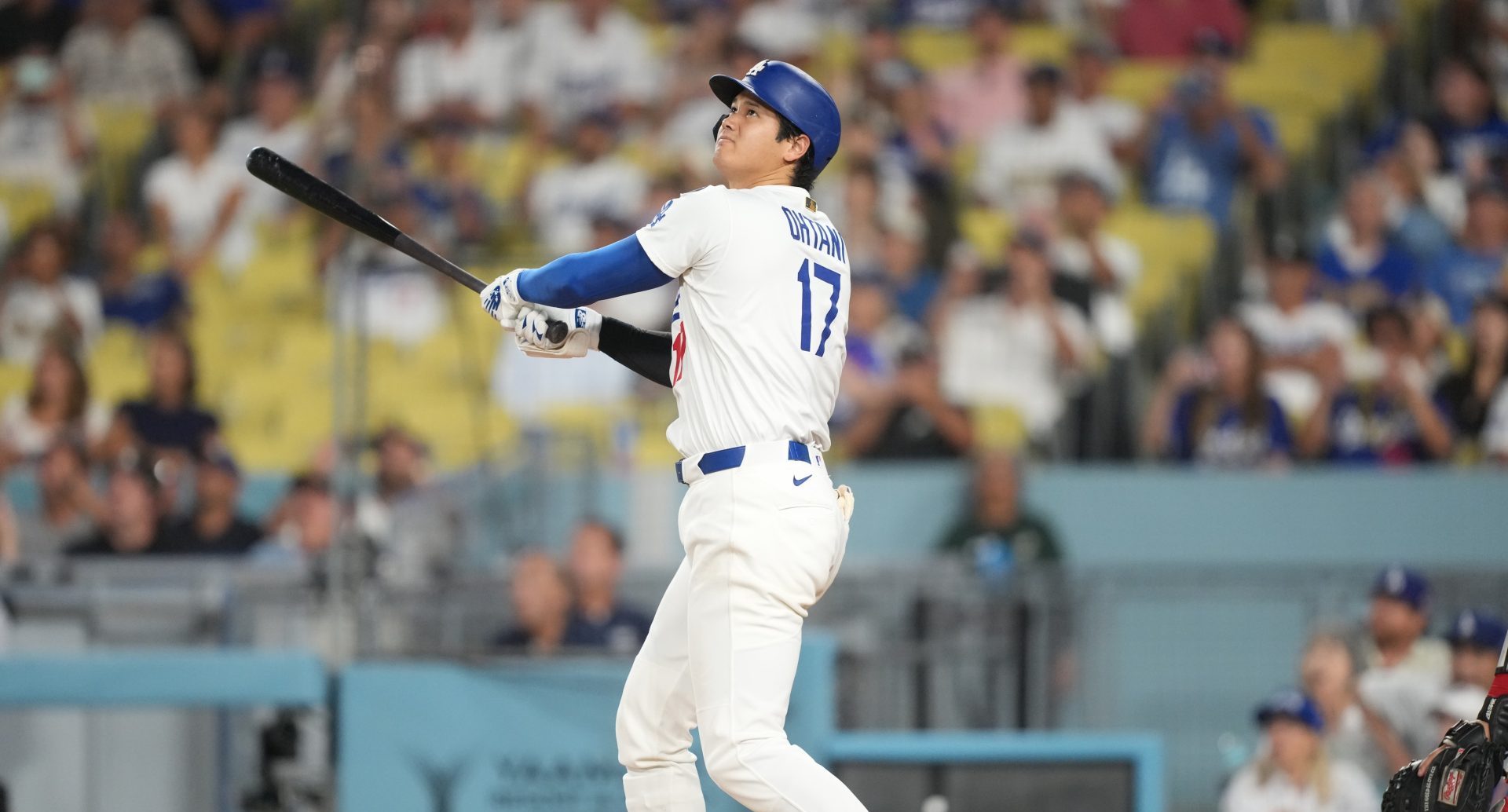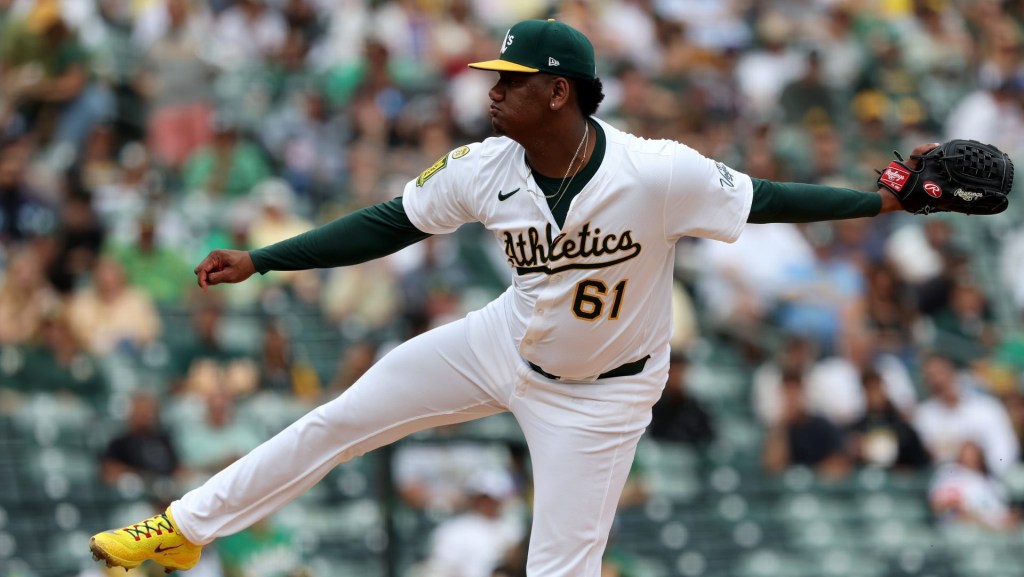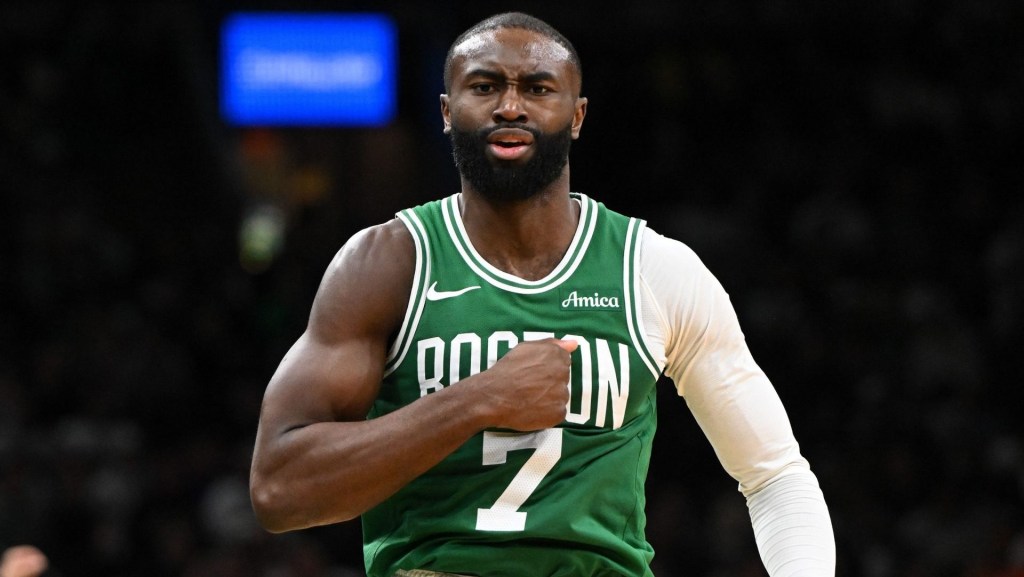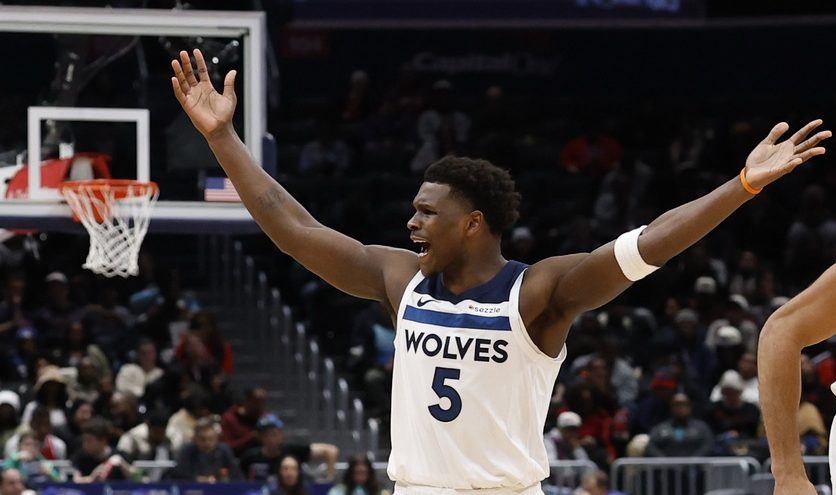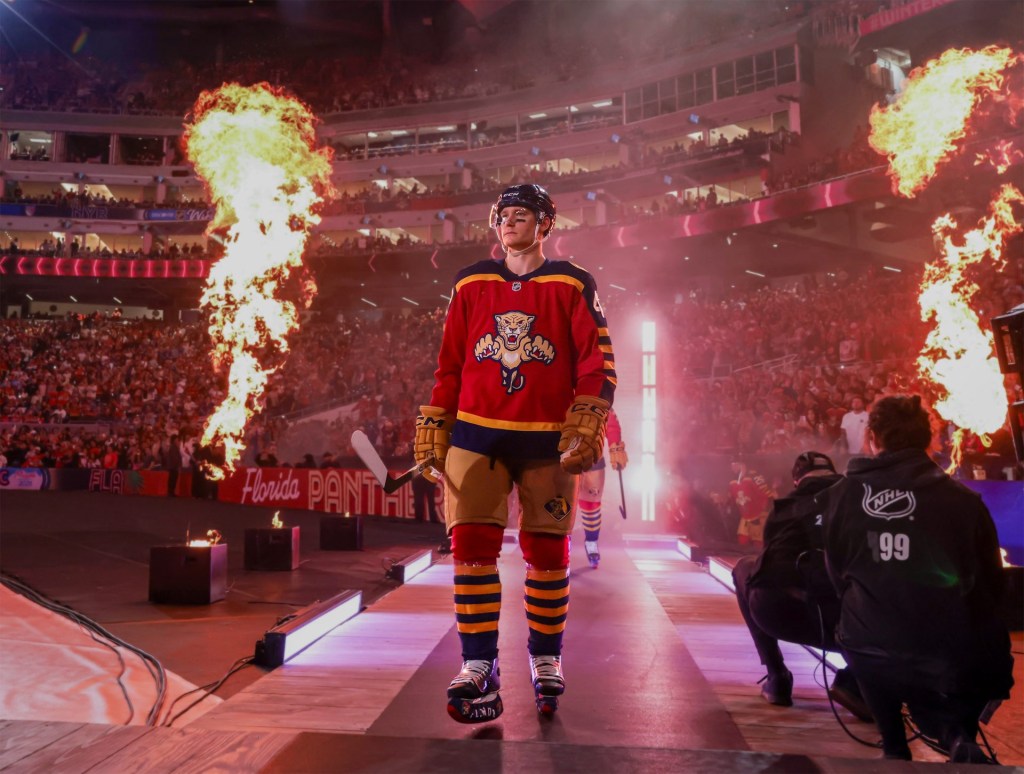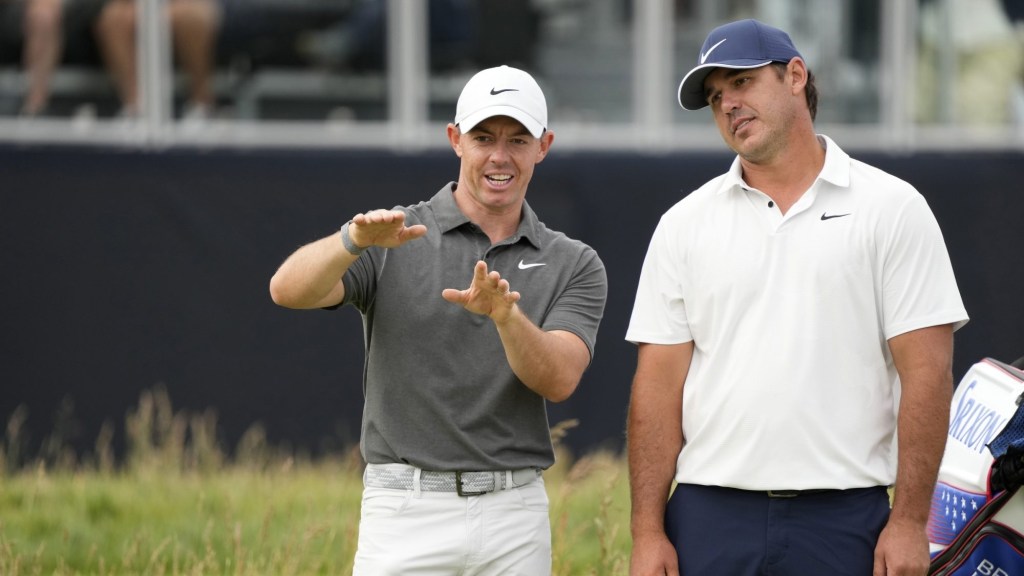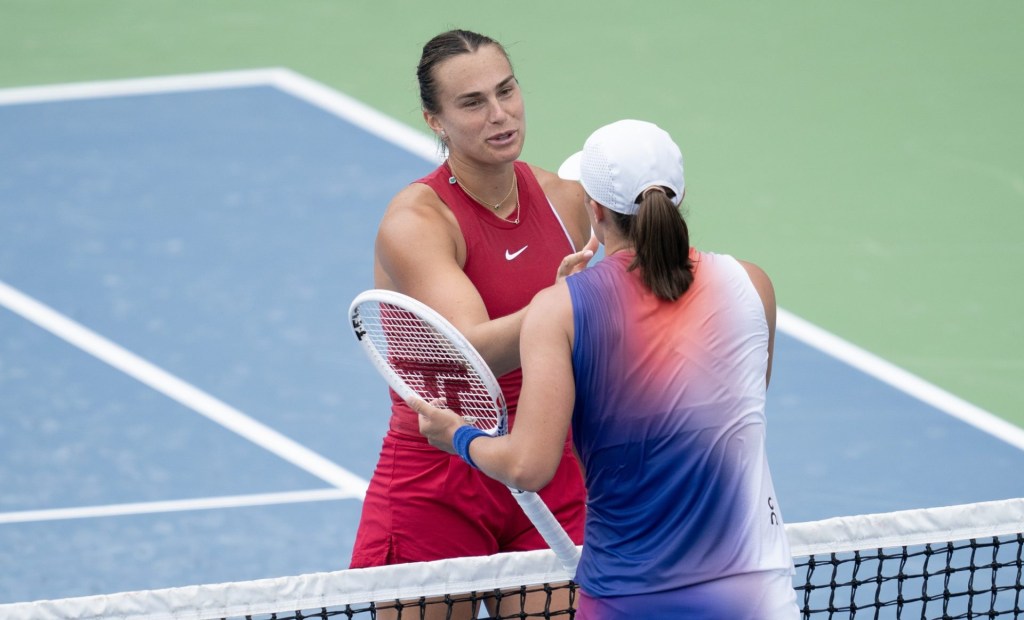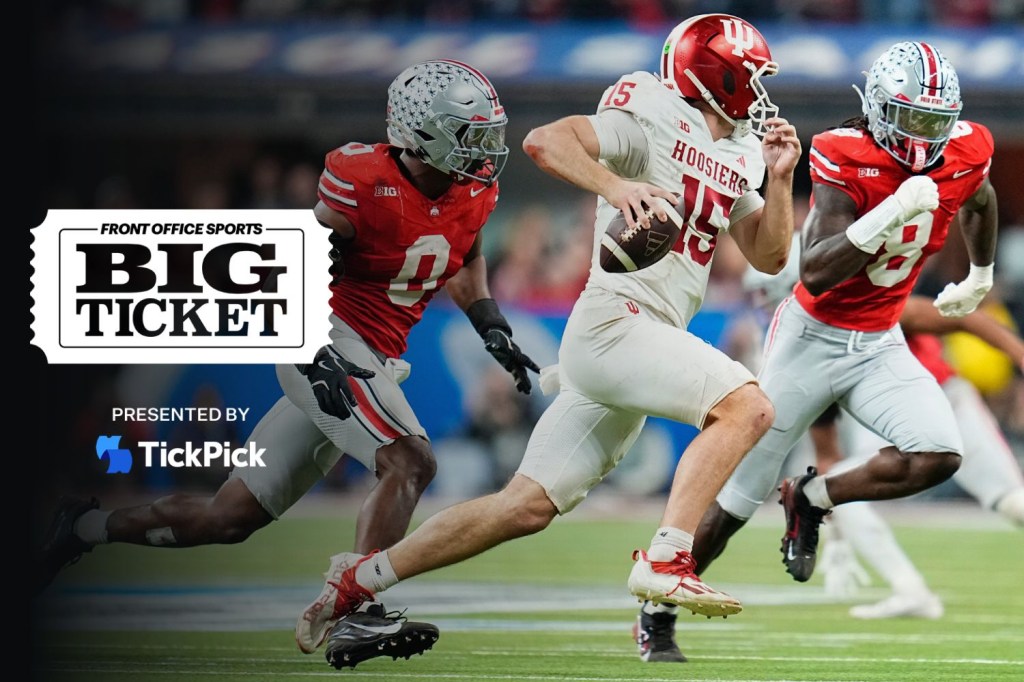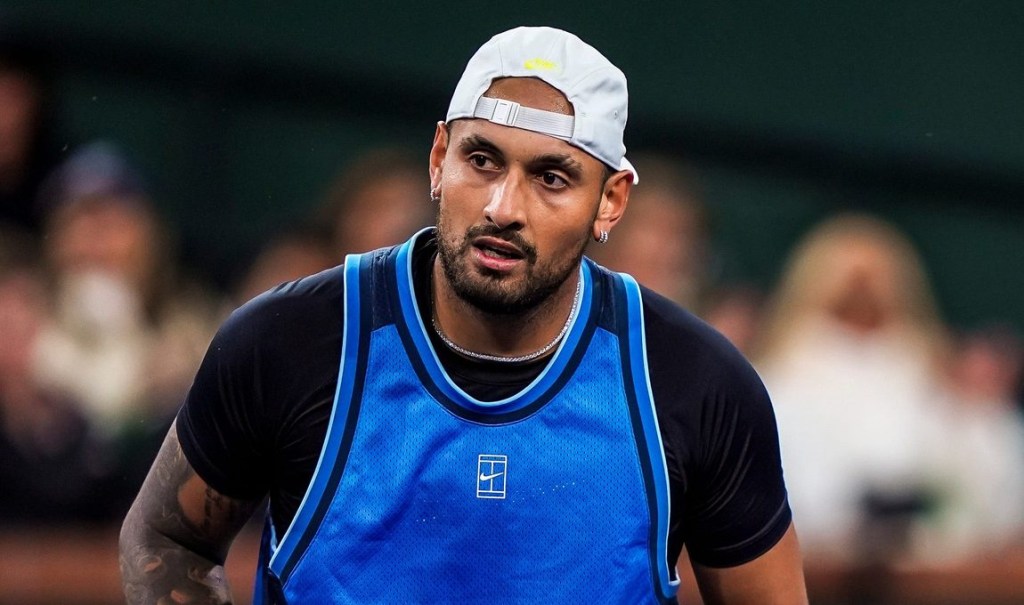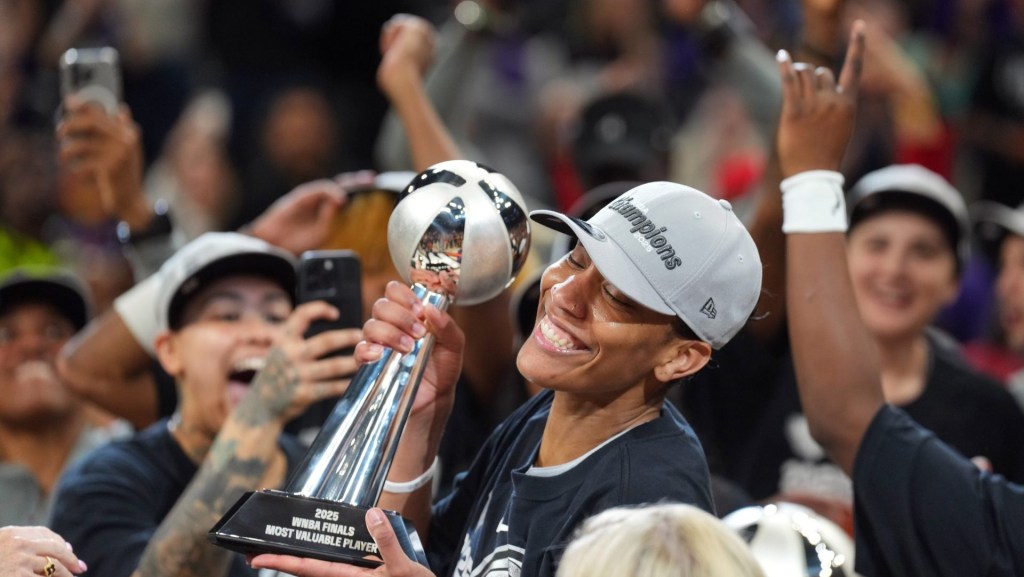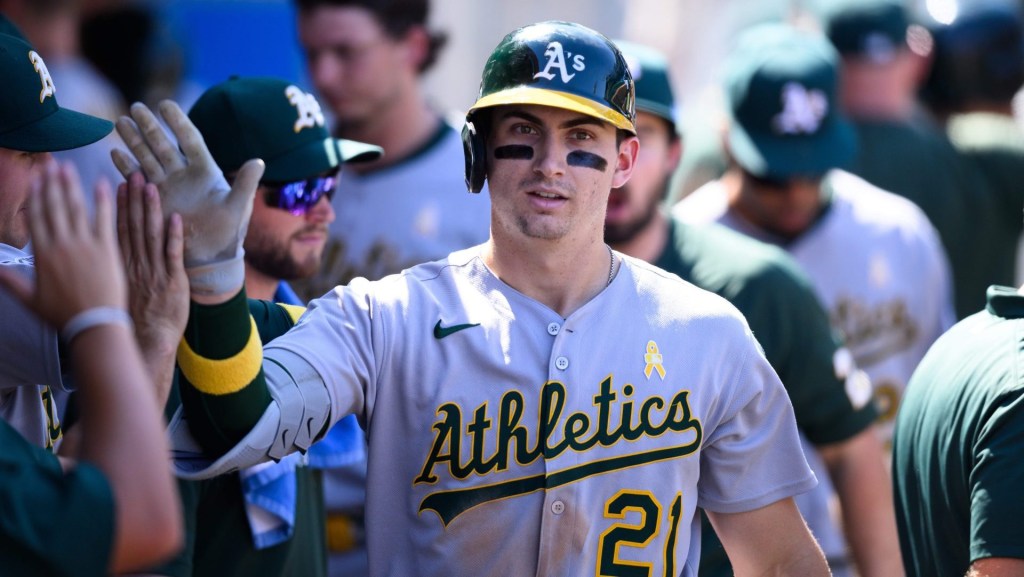Every July 1, Bobby Bonilla receives $1.19 million from the Mets. The catch is that Bonilla—who hit 95 home runs and had an on-base percentage of .356 throughout his 515 games with the team—hasn’t worn an MLB uniform since 2001.
When the Mets cut Bonilla two years earlier, rather than pay him the nearly $6 million he was owed right away, they agreed to pay him $30 million over the span of 2011 to 2035. The deferred payment was a win-win, netting Bonilla more cash while helping the Mets avoid MLB’s luxury tax.
Several other players have also collected deferred payments. Ken Griffey Jr. received Reds payments through 2024, Manny Ramirez will cash checks from the Red Sox until 2026, and Chris Davis gets a payout from the Orioles through 2037.
Here’s a list of the current or former players in each league with the highest deferred compensation:
MLB
Shohei Ohtani (Los Angeles Dodgers): $700 million with $680 million deferred
The Dodgers are the new kings of the deferred deal, with stars Mookie Betts, Blake Snell, and Freddie Freeman including deferrals in their contracts. The team’s biggest deferred deal was to obtain superstar Shohei Ohtani. The two-time MVP only makes $2 million per year over the decade lifespan of his deal. The other $68 million per year—$680 million total—will be paid from 2034 to 2043. That’s 97% of the full $700 million contract.
NHL
Seth Jarvis (Carolina Hurricanes): $63.2 million with $15.67 million deferred
When Carolina winger Seth Jarvis signed an eight-year contract in 2024 to stay with the team that drafted him, he agreed to signing bonuses: $4.95 million for Year 1 and Year 2, and $5.77 million for Year 3. But instead of collecting right away, the Hurricanes will send him the money after his contract ends in 2032, thereby lowering their annual cap hit from $7.9 million to $7.42 million and giving them more flexibility to sign players.
NBA
Kevin Garnett (Boston Celtics): $36 million extension with $35 million deferred
While NBA teams can currently defer up to 25% of a contract for cash flow reasons, they still take the salary cap hit. That means deferred deals are much less useful for teams looking to stay on the right side of the cap. And they make less sense for players, who would usually rather start earning interest. Still, they have occasionally happened. When Celtics superstar Kevin Garnett signed a $36 million extension in 2012, he asked for $35 million in salary to be deferred until after his 2016 retirement. He collected $5 million per year for seven years.
NFL
N/A
Deferrals are less common in the NFL than in MLB. That’s because the league’s collective bargaining agreement mandates that salary be counted against the team the year the player did the work—not when they received it.
But salary is only part of a player’s overall compensation, so teams use other methods to create cap space.
One common tool is adding ”void years” to the end of a contract. This assigns bonuses and guaranteed money for a season in the future, but the contract is set to end before that season arrives. The team gets to spread the salary cap hit across a few make-believe years. When it’s voided, the money set aside for that year gets moved to the current year’s salary cap. Patrick Mahomes, for instance, has void years in 2032 and 2033.
